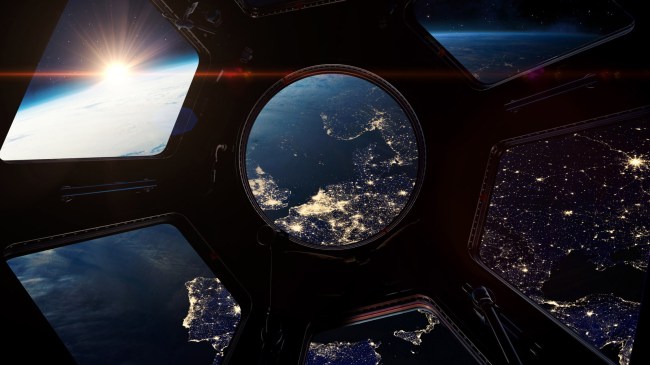iStockphoto
As astronauts Sunita Williams and Barry “Butch” Wilmore wait for the troubled Boeing Starliner to return to the International Space Station (ISS), they can concern themselves with the fact that bacteria brought to the space station from Earth are evolving.
According to a new study by Kasthuri Venkateswaran of the NASA Jet Propulsion Laboratory in California and his colleagues, “The extreme environment of the International Space Station (ISS) puts selective pressure on microorganisms unintentionally introduced during its 20+ years of service as a low-orbit science platform and human habitat. Such pressure leads to the development of new features not found in the Earth-bound relatives, which enable them to adapt to unfavorable conditions.”
In other words, all those trips to and from Earth and the ISS have resulted in numerous unique strains of bacteria that were brought to space experiencing genetic changes.
“Our study shows that the microorganisms we isolated from the International Space Station have uniquely adapted to survive in space when compared to the Earth counterparts,” Venkateswaran revealed.
Part of that adapting includes the bacteria changing to better protect itself against the increased radiation and weightlessness of space by coming up with improved ways to repair their DNA, New Scientist reports.
“These microbes have found ways to live and possibly even thrive in space, and understanding how they do this could have big benefits for space exploration and health,” said Venkateswaran.
Bonus: the scientists’ research also shows, according to New Scientist, that “some of the genetic traits they identified suggest potential pathogenic capabilities,” meaning they could end up being dangerous for astronauts.
The ISS species show enhanced activity of certain genes linked to bacterial virulence, including those that help them evade and damage the immune system. They can also form biofilms: slimy layers that stick to surfaces and can help bacteria resist antibiotics and disinfectants.
The findings suggest astronauts will need to make more effort to control moisture inside spacecraft to prevent the growth of biofilms, the researchers say.
“The common genes that facilitate adaptation to the ISS environment may enable bioproduction of essential biomolecules [needed] during future space missions, or serve as potential drug targets, if these microorganisms pose health risks,” the researchers wrote.
“Monitoring the microbial population on board the human habitats in long missions and characterizing their genetic traits are crucial for safeguarding astronaut health,” Venkateswaran added.
This past June, a multi-drug resistant superbug was found to be mutating on the International Space Station.
13 strains of the bacterium Enterobacter bugandensis that is “notorious for being multi-drug resistant,” according to NASA, were discovered in multiple locations around the ISS.

